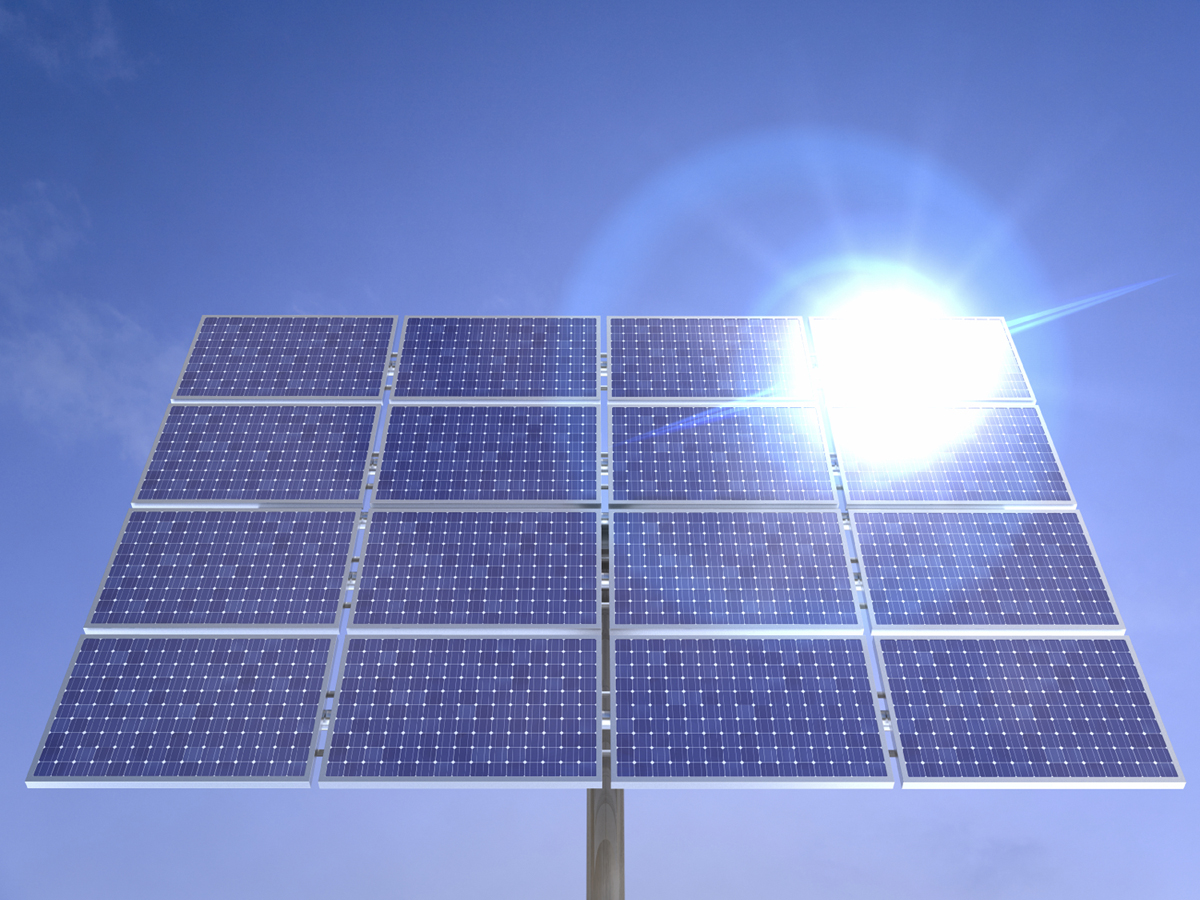Scientists from the University of Portsmouth, in the United Kingdom, have developed a system design for integrating large scale wind, solar, biogas and energy storage, for off-grid locations.
The special feature of the proposed design is that excess heat from the photovoltaic modules is stored in a phase change material. “This thermal energy can be converted into space and water heating – which is usually the biggest energy consumption of a household,” the researchers explained.
Phase change materials (PCMs) are substances capable of storing thermal energy, allowing for the stabilization of temperature. They can absorb or release large amounts of so-called ‘latent’ heat when they go through a change in their physical state, like during the melting and freezing process, for example.
The system consists of a PV unit equipped with PCM on the back of the solar modules; a wind turbine; a battery; and a biogas plant. The PCM is used for both cooling the panels and storing the excess heat. “The heat storage capacity of the PCM depends upon the melting temperature of the PCM and its latent heat capacity,” the scientists emphasized. “Calcium chloride hexahydrate, with a melting point of around 30 degrees Celsius and a latent heat capacity of 191 kJ/kg, is used as the PCM.”
The battery serves as a secondary source when PV and wind generation do not cover all demand, and its capacity must be based on the power required for a day, the battery efficiency, and the energy demand. The wind turbine, PV system and the battery bank are connected to the DC bus and the biogas generator and the electric load are connected to the AC bus. A converter is required to convert AC to DC or vice versa.
The system design was tested at a hostel located in Chennai, India, where the climate is hot and humid. “The electric load profile is the main influencing factor in the design and optimization of integrated hybrid energy systems,” the British group stressed. “So, it is very important to know how load varies during weekdays and weekends in order for the hybrid system to achieve the maximum utilization of resources and minimum system costs.” The electric load of the building consists of computers, fans, lights, electronic devices and machinery.
Popular content
A control algorithm was used to maximize wind and solar power production, lower battery use, and minimize biogas operations to reduce carbon emissions. The optimum configuration for the system was given by the combination of a 224 kW PV system equipped with PCM, a 206 kW wind turbine, a 420 kW biogas generator, a 633 Ah battery, and a 170 kW converter.
The net present cost of this configuration is $1.43 million and its levelized cost of energy (LCOE) was estimated by the research team at $0.094/kWh. These values were compared to those of the same system design without the PCM storage and were found to be significantly lower.
“For the PV-wind-biogas-generator-battery-based off-grid system, the integration of a phase change material with a PV panel results in a saving of $0.22 million in terms of net present cost, and reduces the cost of the energy of the system from $0.099/kWh to $0.094/kWh,” the researchers stated. “We’ve conducted this research in an area where there is no electricity grid, so our future research needs to investigate how it can be translated to areas with one.”
A full description of the system design can be found in the paper Optimization of a novel Hybrid Wind Bio Battery Solar Photovoltaic System Integrated with Phase Change Material, which was recently published in energies.
This content is protected by copyright and may not be reused. If you want to cooperate with us and would like to reuse some of our content, please contact: editors@pv-magazine.com.



Article is very interesting.
Very good study